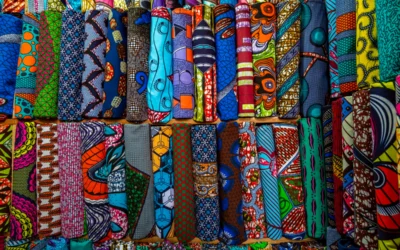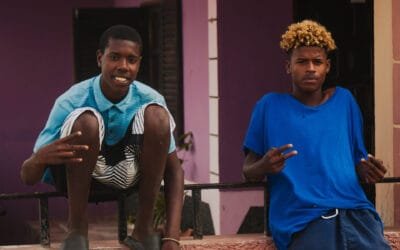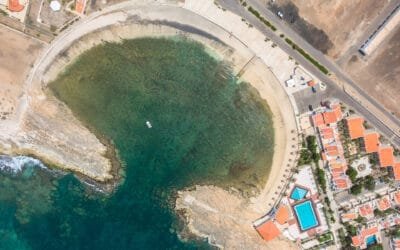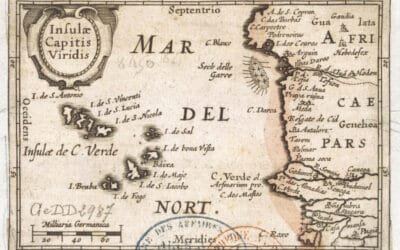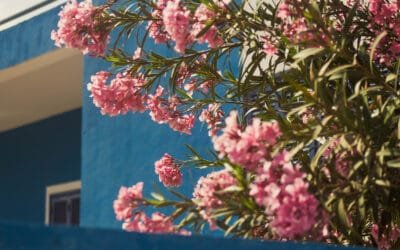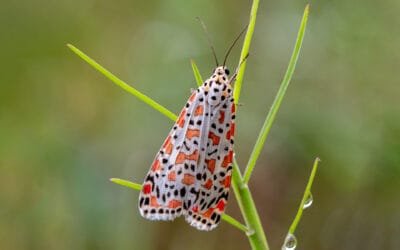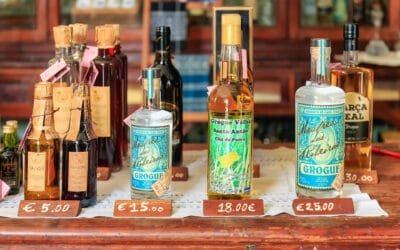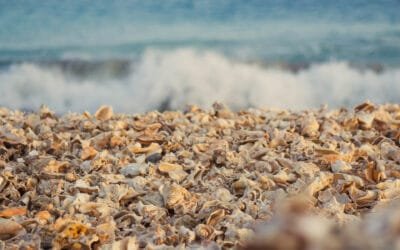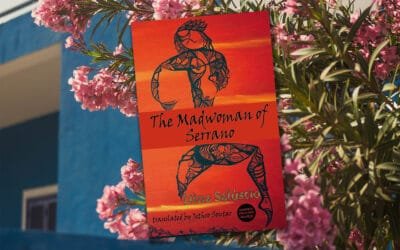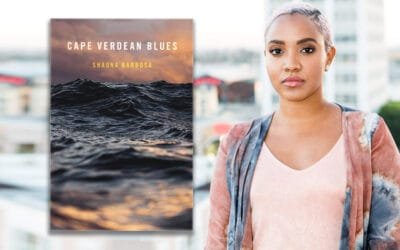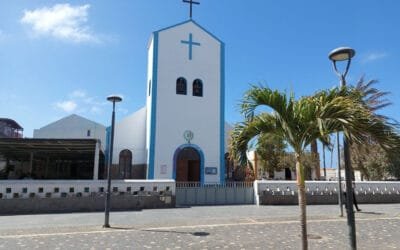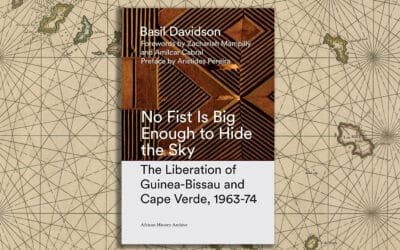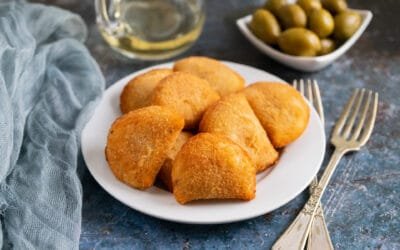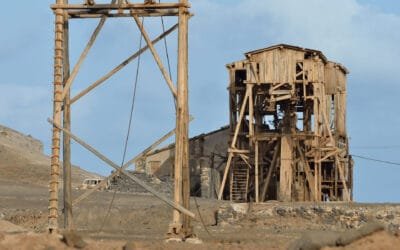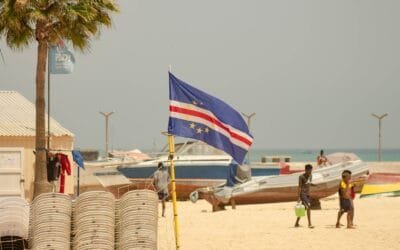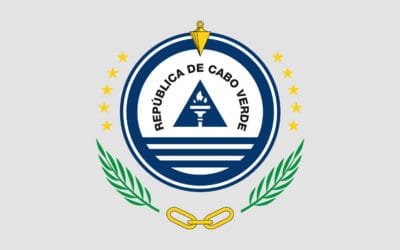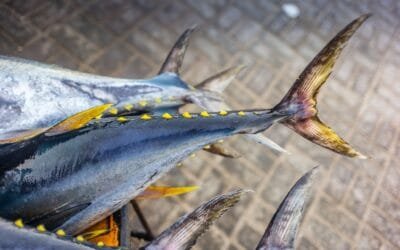Explore Sal Island
Quiet beaches, steady winds, chilled bars. Welcome to Cape Verde’s easy-going paradise. ARTICLESBOOKS & MORETHE OCEAN, SAND & SUN
“Paradise is when your mind is in a perfect state,” says Frederick Lenz, and that’s what Cabo Verde offers you — it’s as colourful as happy if you only discover its vibrant energy, natural beauty and great culture. The more you get to know the place, the more fascinating it gets. Explore the Island of Sal through this website, and see if you fall in love with what Sal can offer you.
New Articles
The Most Popular Souvenirs to Look For in Cape Verde
Shopping on Sal is less about high-street brands and more about discovering local crafts, fresh produce, and Cape Verdean character.
Cape Verde: The Practical Guide with Essential Insights
Cape Verde: Nestled 600 km off the West African coast lie ten volcanic islands united in history, culture, and climate — yet each with its own character.
Murdeira Bay: Beautiful Reef and Rock Pools
Murdeira Bay, situated on the southwest coast of Sal, is a nature reserve known for its rich underwater sea life and a small coral reef.
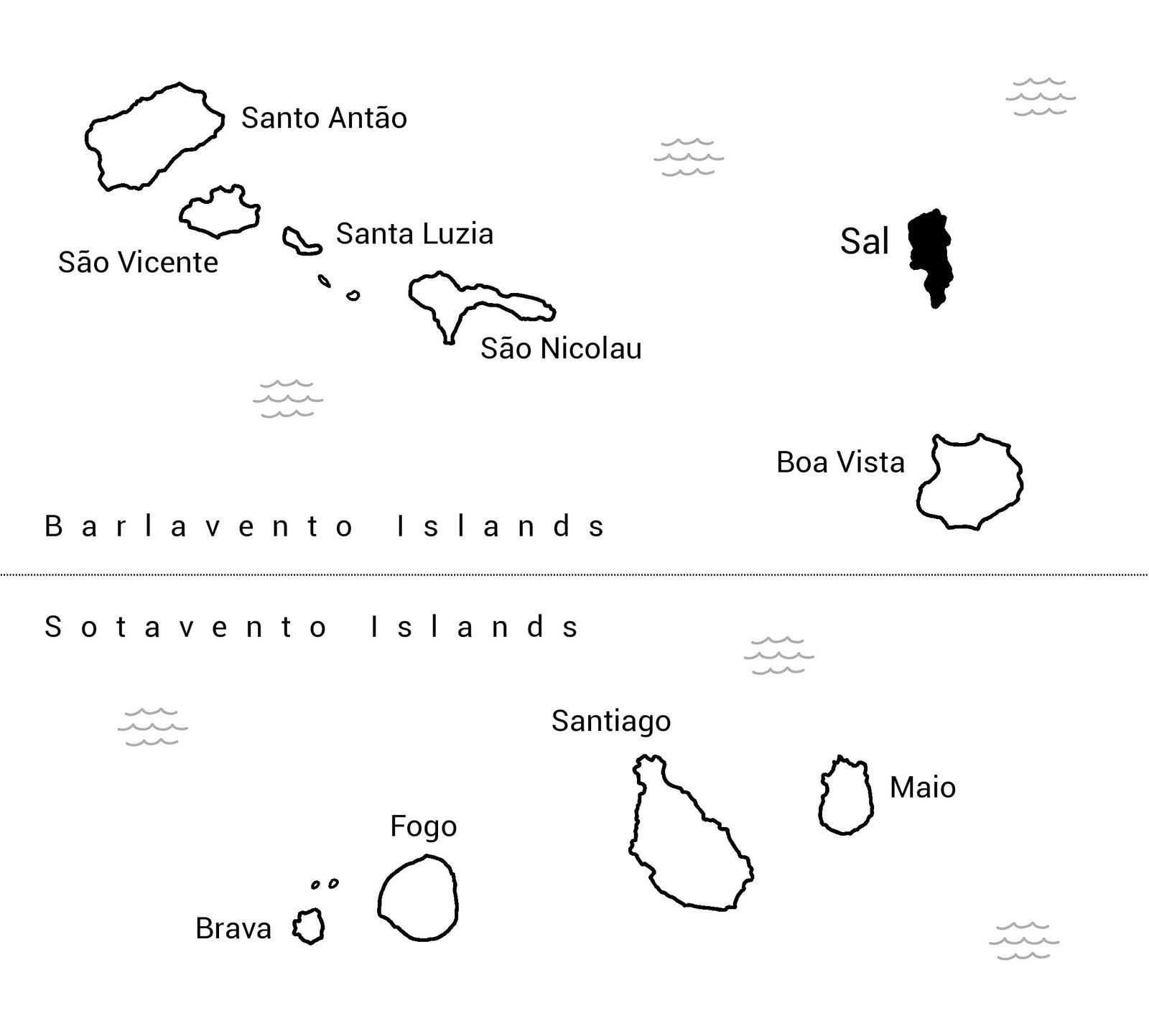
Understanding Cape Verde
An essential step towards truly understanding a country’s culture is diving into its history. Events from the past profoundly shape local customs, behaviours, and the community’s character. To see Cabo Verde beyond its image as a sun-soaked tourist paradise, you first need to get familiar with its past — learning Caboverdian history is your starting point. From there, the authentic beauty and richness of local life become genuinely visible. Explore our pages to discover more about genuine Cape Verdean culture, away from tourist clichés.
Explore
Kriolas Poderozas: Empowered Cabo Verdean Women (book)
"Cabo Verdean Women Writing Remembrance, Resistance, and Revolution: Kriolas Poderozas" documents the work and stories told by Cabo Verdean women, refocusing the narratives about Cabo Verde on Cabo Verdean women and their experiences. The contributors examine their...
Manuel António Martins: The Napoleon of Cabo Verde
An in-depth exploration of Manuel António Martins, the controversial figure who shaped the economic and political landscape of 19th-century Cabo Verde.
Sal Island Low-Cost: Accommodation Ideas for Budget Travellers
Sal’s reputation as Cape Verde’s most expensive island challenges budget travellers, but strategic choices enable meaningful experiences without financial strain.
Cistanche Phelypaea – The Strange Yellow Desert Hyacinth
Cistanche phelypaea is a desert plant with stout, flowering stems bearing bright yellow flowers. It can grow up to even 30-50 cm above the ground. Because of its looks, Cistanche phelypaea is commonly called a yellow desert broomrape, but some people call it also a desert hyacinth.
Have You Seen This Beautiful Crimson-Speckled Flunkey?
The crimson-speckled flunkey (Utetheisa pulchella), first described by Carl Linnaeus in his 1758 10th edition of Systema Naturae, is a widespread moth that occurs naturally in northern and central parts of Africa, the Mediterranean, Near East and Central Asia. However, it can travel far north with plumes of warm air during the summer or autumn and is observed sporadically even in England (less than 100-200 records in the last century).
From Cane to Culture: The Story of Grogue in Cape Verde
Grogue—also known locally as grogu or grogo—is an artisanal sugar‑cane spirit that stands at the heart of Cape Verde’s heritage. Crafted predominantly on the island of Santo Antão, this robust aguardente carries centuries of history, culture and craftsmanship.
Shell Cemetery Beach in the eastern part of Santa Maria
The shell graveyard is a dumping ground where millions of empty shells, previously emptied of snails in kitchens and restaurants, are dumped and broken into pieces. You can easily see that these pieces are used on the island, among other things, as decorative gravel in the gardens. The view of the beach is extraordinary, and the clatter that the broken shells make when you walk on them is reminiscent of walking on a million little bones – it’s a sight to behold.
The Madwoman of Serrano – Few Words About the Novel by Dina Salústio
The first novel by a female author to be published in Cape Verde, and the first to be translated into English, The Madwoman of Serrano is a magical tale of rural ideals and urban ambition, underpinned by an exploration of female empowerment. Serrano is an isolated...
The Gym in Cape Verdean Paradise Built From Rubbish by Alcindo (Watch the Video)
In the CNN’s Great Big Story Alcindo Soares says that he grew up in Cape Verde, dreaming of the day when he would become a professional athlete. Because – like many other Cape Verdeans – he had no money to go to an indoor gym, Alcindo improvised, using garbage washed up on the shores of Sal Island to build his exercise equipment. With his background in construction, he was able to assemble the outdoor gym with ease. Thanks to his astonishing work, many people can now enjoy training for free in one of the island’s most beautiful places – on the sandy beach, just a few steps from the ocean, with a chill breeze and sun over their heads. “The fact that a gym like this exists in Santa Maria no only for me, but for the people here, is very important,” Alcindo says.
Cape Verdean Blues: Book by Shauna Barbosa, Pitt Poetry Series
The speaker in Cape Verdean Blues is an oracle walking down the street. Shauna Barbosa interrogates encounters and the weight of their space. Grounded in bodily experience and the phenomenology of femininity, this collection offers a nuanced understanding of Cape...
Church of Nossa Senhora das Dores (Our Lady of Sorrows) in Santa Maria
A modest landmark at the heart of island life In the centre of Santa Maria, just a few paces inland from the ocean and the hum of Rua 1º de Junho, stands a small whitewashed church with blue-green trim and a bell tower that catches the morning sun. This is the Church...
No Fist Is Big Enough to Hide the Sky: The Liberation of Guinea-Bissau and Cape Verde
"No Fist Is Big Enough to Hide the Sky" stands as a key text in the history of the eleven-year struggle against Portuguese rule in Guinea-Bissau and Cape Verde. Though perhaps less well known than the struggles in Angola and Mozambique, the liberation war waged by the...
Rissóis – Breaded, Deep-Fried Pastries With Creamy Stuffing + Recipe
Rissóis – Cape Verde’s Crispy, Creamy Hand Pies In the warm kitchens of Cape Verde, where the scent of garlic and frying oil drifts through tiled courtyards and tin-roofed bakeries, one irresistible snack draws people together like few others: rissóis. These...
The Skeleton of Industry: Pedra de Lume’s Abandoned Salt Shed
On the edge of the saline flats in Pedra de Lume, just a stone’s throw from the old pier where schooners once docked, stands the brittle frame of a long-forgotten salt storage shed. Time has prised it open. Sun-bleached wood and rust-bitten pulleys dangle in silence,...
Cape Verdean Culture: History, Language, Music, Everyday Life
An in-depth introduction to Cape Verdean culture—its roots, language, music, cuisine, and evolving identity.
Our Lady of Compassion Chapel — Pedra de Lume’s Quiet Testament (1853)
Amid the salt-carved crater of Pedra de Lume, just east of Sal’s settlement, stands a modest yet enduring landmark: the Capela de Nossa Senhora da Piedade, or Chapel of Our Lady of Compassion. Erected in 1853, it offers more than shade; it holds stories of faith, industry, and local memory—a silent observer amid blowing salt flats and shifting sands.
National Emblem of Cabo Verde: Meaning, History, and Everyday Use
Explore the story behind the national emblem of Cabo Verde. Learn how it reflects the country’s ideals, history, and identity
What’s that tuna? – Six species of Cabo Verdean tuna
Although fisheries contribute only around 5% to the GNP of Cabo Verde, the sector is significant to the economy. The fishing industry employs around eleven thousand people, and fish is the leading source of animal protein in the Cabo Verdean diet. The export of fish...

